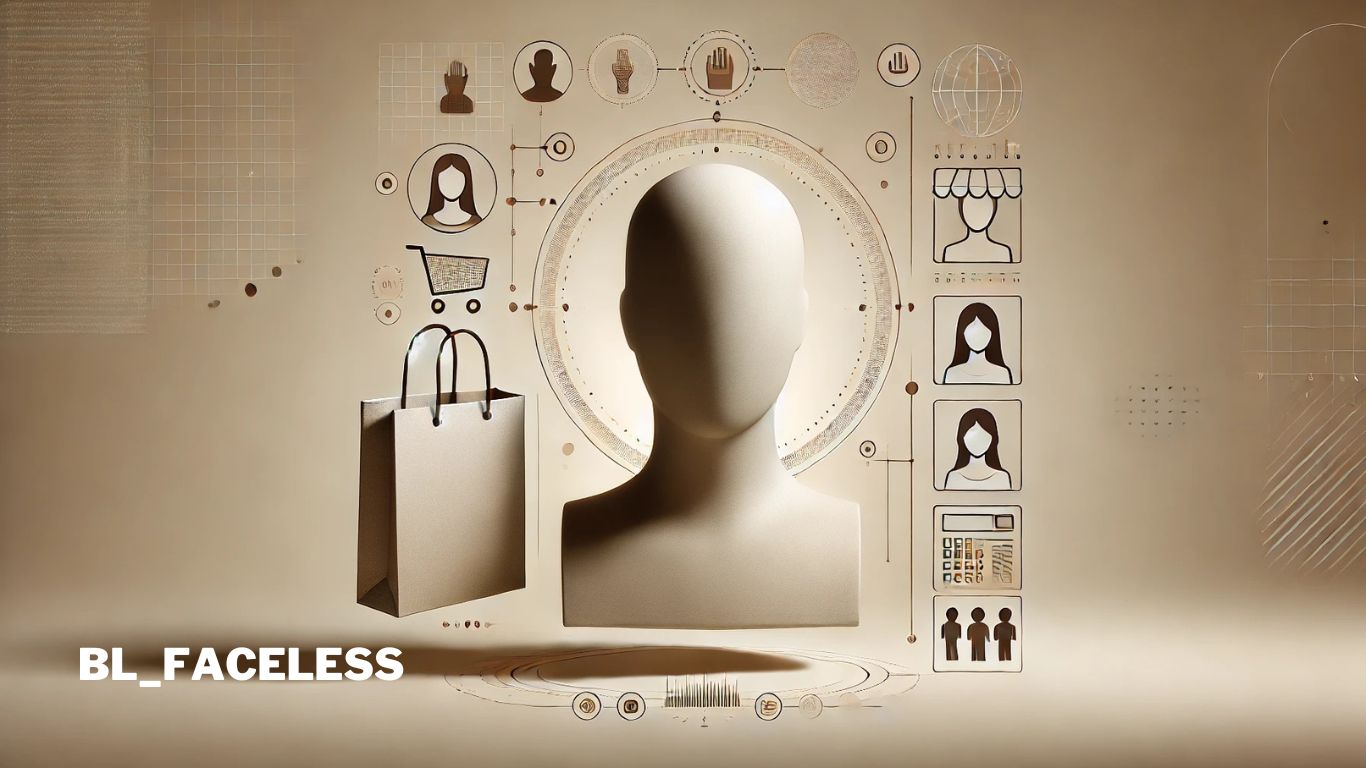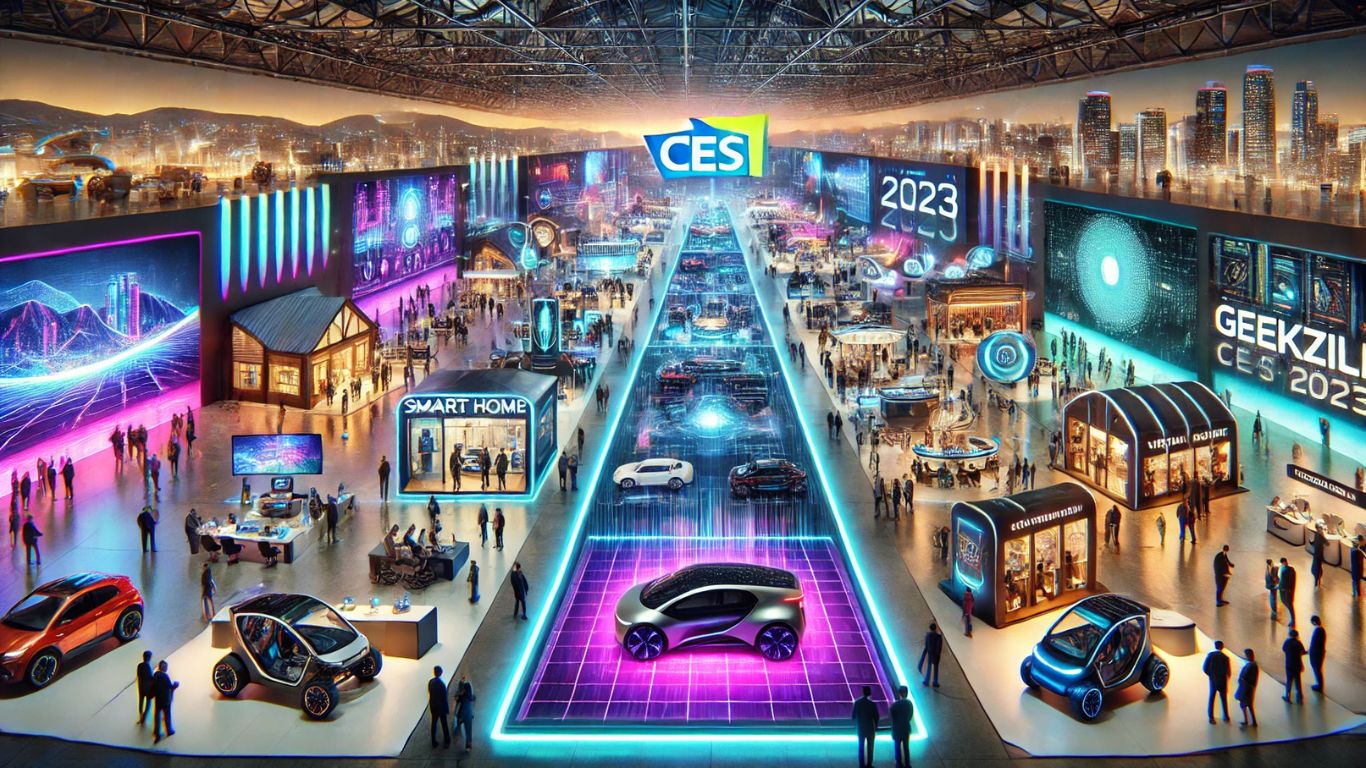bl_faceless: Unveiling the Future of Faceless Branding

In today’s world of evolving digital presence, bl_faceless branding has emerged as a powerful concept that redefines traditional marketing. Embracing anonymity and minimalism, faceless branding is gradually transforming consumer relationships with brands, shifting away from personal or influencer-driven associations. Brands are now creating unique identities without heavily relying on specific faces, voices, or personalities. This article delves deep into the philosophy of faceless branding, exploring its roots, strategies, and effects on consumer behavior and brand trust.
Understanding bl_faceless in Modern Branding
The term bl_faceless encapsulates the broader trend of faceless branding where brands operate without a prominent individual figurehead. In a departure from face-driven campaigns, brands adopting faceless branding focus on storytelling, emotional appeal, and relatable narratives to foster connections with consumers. By avoiding celebrity endorsements or founder personas, these brands aim to become more universal and inclusive, encouraging audiences to connect with the brand itself rather than specific personalities.
The Evolution of Faceless Branding and Its Growing Appeal
Faceless branding has been fueled by changing consumer dynamics and increased skepticism toward influencer-driven content. With social media users becoming more wary of endorsements and paid promotions, brands have turned to bl_faceless strategies as a way to present themselves as genuine and authentic. This approach has been effective in building trust, as it moves away from the focus on individuals to emphasize shared values and common goals with the audience.
Why bl_faceless Branding Resonates with Audiences
Faceless branding enables consumers to see themselves in a brand, instead of relating to a specific person. The concept is inherently inclusive, as it provides a blank canvas onto which consumers can project their own experiences, backgrounds, and preferences. By maintaining this faceless identity, brands can attract a broader audience who may feel excluded by influencer-centric marketing.
Strategies for Implementing bl_faceless in Branding
To build an effective faceless brand, companies should focus on conveying their brand values through visuals, colors, and messaging rather than personalities. Some essential strategies include:
- Visual Consistency: Establishing a recognizable visual language without relying on human faces.
- Value-Driven Content: Highlighting brand values, like sustainability or innovation, which resonate with the audience.
- Minimalist Messaging: Using clean, straightforward messaging that emphasizes brand principles rather than endorsements.
Leveraging Visual Storytelling in bl_faceless
A significant aspect of bl_faceless branding is visual storytelling. Without an individual as the brand’s face, visual components take center stage to convey messages. Logos, color schemes, and graphic elements become integral to defining a brand’s identity. For example, minimalist designs, abstract imagery, and consistent branding colors help convey a brand’s core values effectively. Visual storytelling not only aids in recognition but also in establishing a lasting emotional connection with the audience.
The Power of Community-Centric Narratives
Faceless branding shifts the narrative from personal to communal. By focusing on shared stories or community experiences, brands can cultivate a sense of belonging among their audience. Customers are more likely to trust a brand that reflects collective values and shared experiences, especially in niches where a sense of community is crucial, such as fitness, sustainability, or technology.
The Role of Social Media in Facilitating bl_faceless
Social media platforms have adapted well to faceless branding. Many brands now use graphics, animations, and minimalistic posts to connect with followers without showcasing individuals. The faceless approach often lends itself better to consistency across diverse cultures and demographics, allowing brands to appear more inclusive and universally relevant.
How bl_faceless Cultivates Consumer Trust
Faceless branding fosters trust by allowing consumers to focus on a brand’s values and offerings instead of individual personalities. This strategy can be particularly beneficial for industries where trust is paramount, such as finance or healthcare, where neutrality and objectivity are often preferred over personal appeal. The absence of a “face” prevents distractions and fosters a professional, objective image that speaks to reliability and credibility.
bl_faceless in E-commerce: A New Dimension of Brand Identity
In e-commerce, bl_faceless strategies are especially impactful. As online shopping grows, faceless brands have thrived by emphasizing quality, convenience, and customer experience over personal connection. In product marketing, for instance, images of hands or product demonstrations are used instead of model-based advertising, which removes any personal bias and focuses on the product itself. This approach creates a more universally appealing shopping experience.
Ethical and Sustainable Messaging Through bl_faceless
For brands prioritizing sustainability or ethical practices, faceless branding allows the focus to remain on values rather than individuals. Through bl_faceless approaches, companies can ensure that their core mission—such as environmental responsibility or social equality—remains central. The faceless aspect reinforces the brand’s focus on issues over personalities, which appeals to consumers increasingly conscious of social and environmental impacts.
Challenges in Adopting bl_faceless
Faceless branding, despite its benefits, presents challenges. Without a personality leading the brand, it can be more difficult to create an immediate emotional connection. In addition, faceless branding requires significant investment in cohesive visual and verbal identities to ensure that brand values remain clear and engaging. Developing this cohesive approach demands strategic consistency across all channels and high-quality storytelling that resonates with audiences.
How Consumers Respond to bl_faceless Campaigns
Consumer responses to faceless branding vary but are generally positive. Brands that adopt faceless strategies often experience greater loyalty and trust among their followers, as consumers perceive them as less profit-driven and more value-oriented. Research indicates that audiences, particularly younger generations, prefer brands that prioritize ethics and transparency over glamour or fame.










